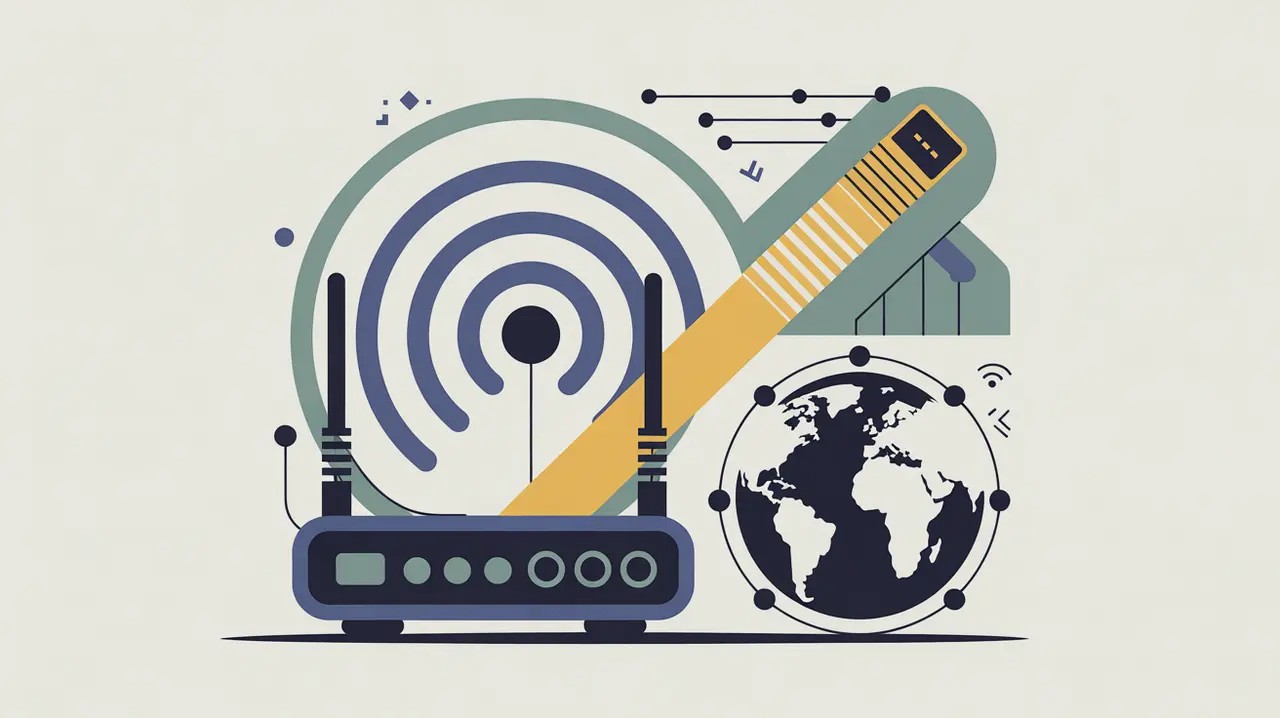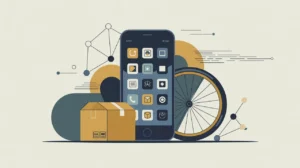Internet Connectivity
Internet connectivity is fundamental to participation in today’s global economy, education systems, and social networks. In international development, it is a key enabler of access to information, digital services, and opportunities for innovation. For nonprofits and social innovators, internet connectivity matters because it expands access to markets, education, and health services while strengthening civic participation. Its importance lies in bridging digital divides that can either amplify inequality or unlock inclusive growth.
Definition and Features
Internet connectivity refers to the ability of individuals, households, and institutions to access and use the internet reliably and affordably. Its defining features include:
- Access Infrastructure: broadband, mobile networks, and satellite systems.
- Affordability: ensuring services and devices are within reach for low-income users.
- Quality and Reliability: connection speed, bandwidth, and coverage.
- Inclusivity: addressing barriers linked to geography, gender, language, and disability.
How this Works in Practice
In practice, internet connectivity is provided through public and private investments in telecommunications infrastructure, often supported by international development programs. For example, governments may expand rural broadband networks, while NGOs provide community Wi-Fi hubs or digital literacy training. Satellite technologies and mobile networks are increasingly important in reaching remote regions. Barriers include high costs, limited infrastructure, regulatory hurdles, and inequities in access across rural and urban areas.
Implications for Social Innovation
Internet connectivity has significant implications for social innovation because it determines who can participate in digital economies, access online education, or engage in civic discourse. Innovations such as community-owned networks, low-cost satellite systems, and public–private partnerships are expanding coverage and affordability. For proximate actors, reliable connectivity provides opportunities for learning, enterprise, and participation in global knowledge flows. Internet connectivity is essential for inclusive and sustainable development.







